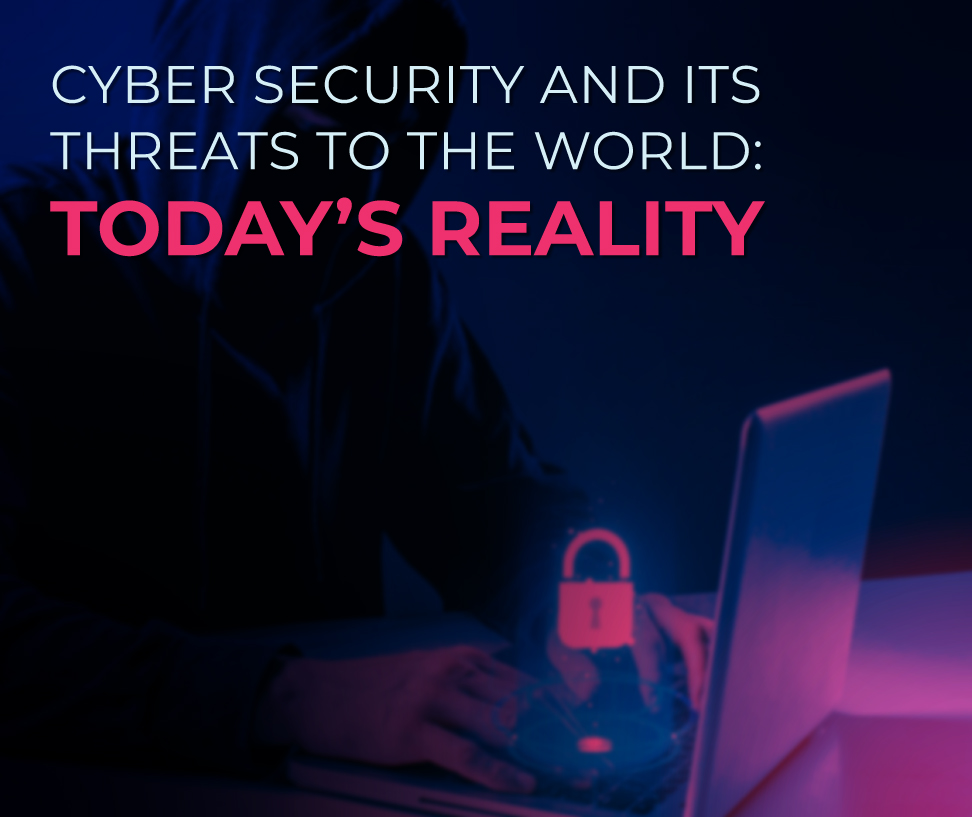
Resources
Cyber Security Myths vs. Reality.
In today’s technology era, cybersecurity has become a paramount concern for both individuals and businesses. As we navigate the digital landscape, it’s crucial to distinguish between cyber security myths and realities to safeguard our online presence effectively. Let’s unravel the truth behind some common cybersecurity myths and understand the reality that lies beneath the surface.
Myth 1: “I’m Not a Target; Hackers Won’t Bother With Me.”
Reality: The belief that hackers only target high-profile individuals or businesses is far from true. Cybercriminals often cast a wide net, exploiting vulnerabilities wherever they find them. Whether you’re an individual with personal data or a small business owner, you are a potential target. It’s essential to adopt cybersecurity best practices regardless of your online presence’s scale.
Myth 2: “Antivirus Software Provides Robust Protection.”
Reality: While antivirus software is a crucial element of cybersecurity, it’s not a silver bullet. Cyber threats have evolved, and sophisticated malware can bypass traditional antivirus programs. It’s necessary to complement antivirus software with firewalls, regular software updates, and user education. A multi-layered approach is the key to robust cybersecurity.
Myth 3: “Strong Passwords Are Enough to Keep Me Safe online.”
Reality: Strong passwords are a good start, but relying solely on them is risky. With the rise of brute-force attacks and password-cracking tools, even complex passwords can be compromised. Implementing two-factor authentication (2FA) provides an additional layer of security, ensuring that even if your password is stolen, an attacker can’t access your accounts without the second authentication method.
Myth 4: “Phishing Emails Can Be Spotted Easily.”
Reality: While some phishing attempts are easy to recognize, cybercriminals have become adept at crafting convincing emails and messages. They often use social engineering techniques, exploiting human psychology to trick even vigilant users. Always verify the sender’s identity, double-check email addresses, and avoid clicking suspicious links or downloading attachments from unknown sources.
Myth 5: “Regular Software Updates are not necessary .”
Reality: Regular software updates are essential to keep yourself safe online. Developers release updates to patch security vulnerabilities and enhance system stability. Failing to update your operating system, antivirus software, or applications leaves your devices susceptible to exploitation. Enable automatic updates whenever possible to ensure you’re protected against the latest threats.
Myth 6: “Public Wi-Fi Networks Are Safe for Browsing.”
Reality: Cybercriminals can intercept data transmitted over public Wi-Fi, potentially compromising sensitive information. Avoid accessing sensitive accounts or conducting financial transactions on those networks. If you must use public Wi-Fi, consider using a Virtual Private Network (VPN) to encrypt your connection and enhance security.
Myth 7: “Cybersecurity Is Solely an IT Department’s Responsibility.”
Reality: Cybersecurity is a collective responsibility. While IT departments play a significant role in implementing security measures, every individual within an organization must be aware of cybersecurity best practices. Regular training and awareness programs empower employees to recognize and mitigate potential threats, making the entire organization more resilient against cyber attacks.
Understanding the realities of cybersecurity is vital in today’s digital age. By dispelling these myths and embracing proactive security measures, individuals and organizations can significantly reduce the risk of falling victim to cyber threats. Stay informed, stay vigilant, and remember: Cybersecurity is everyone’s responsibility.




